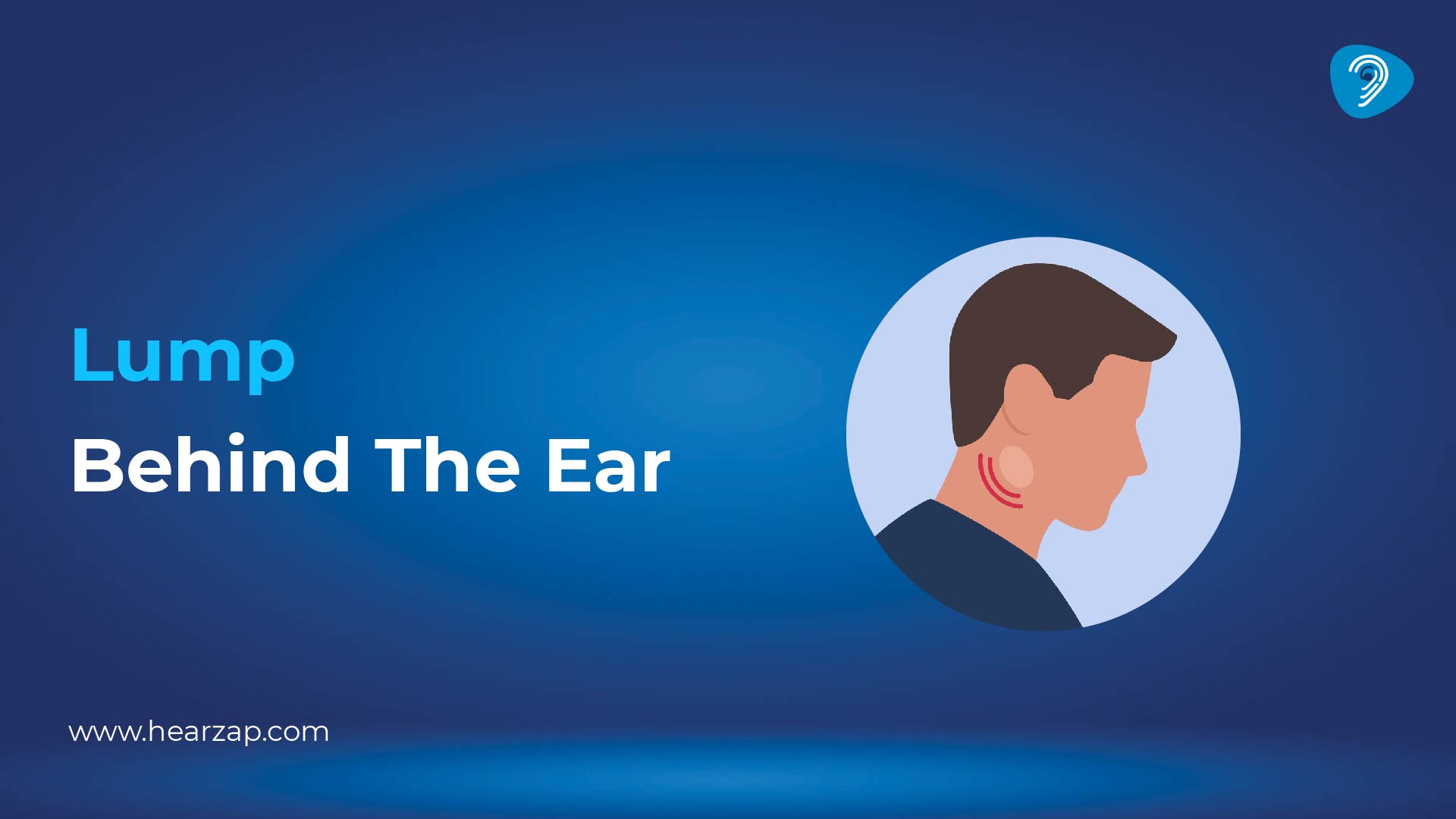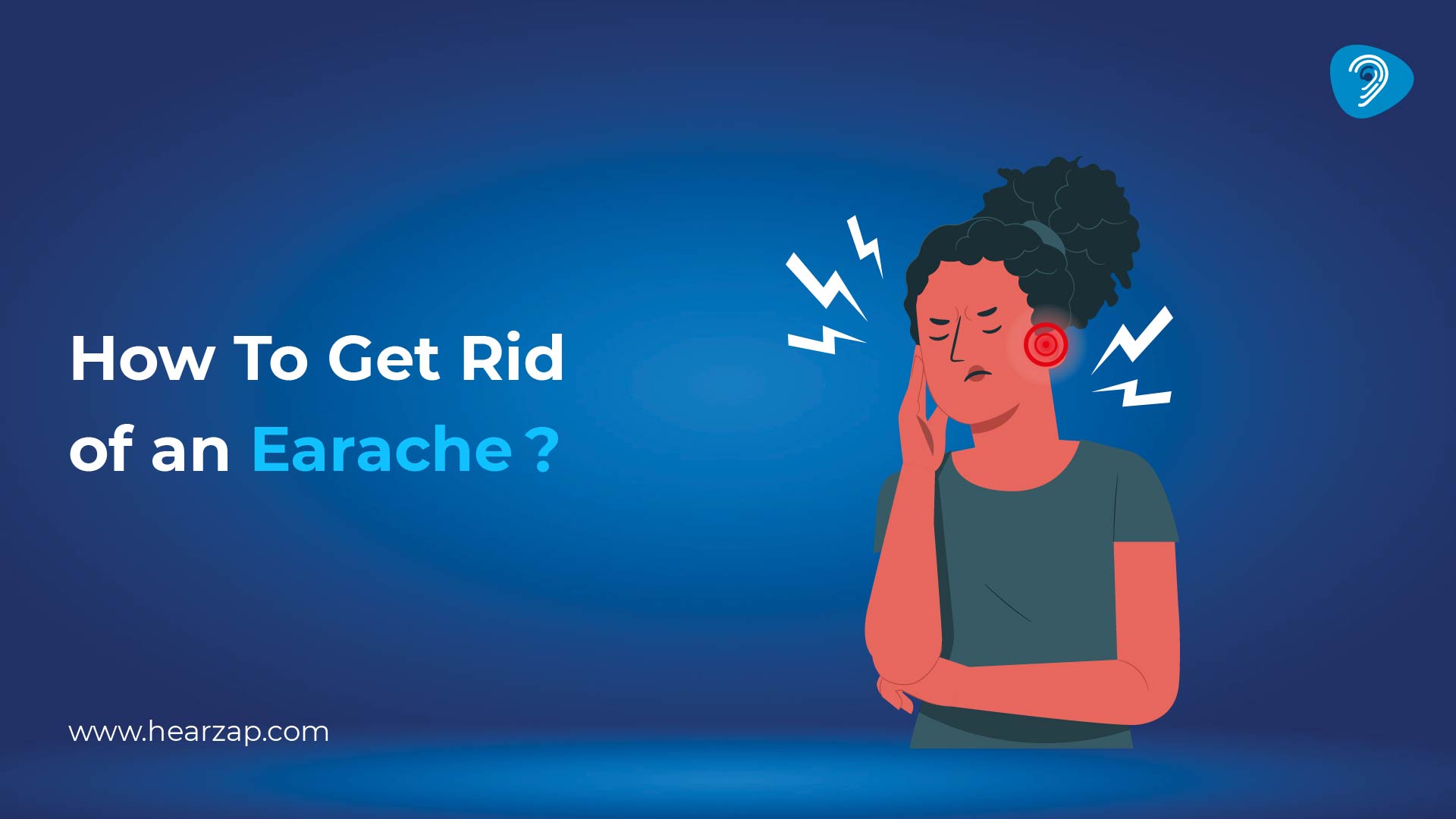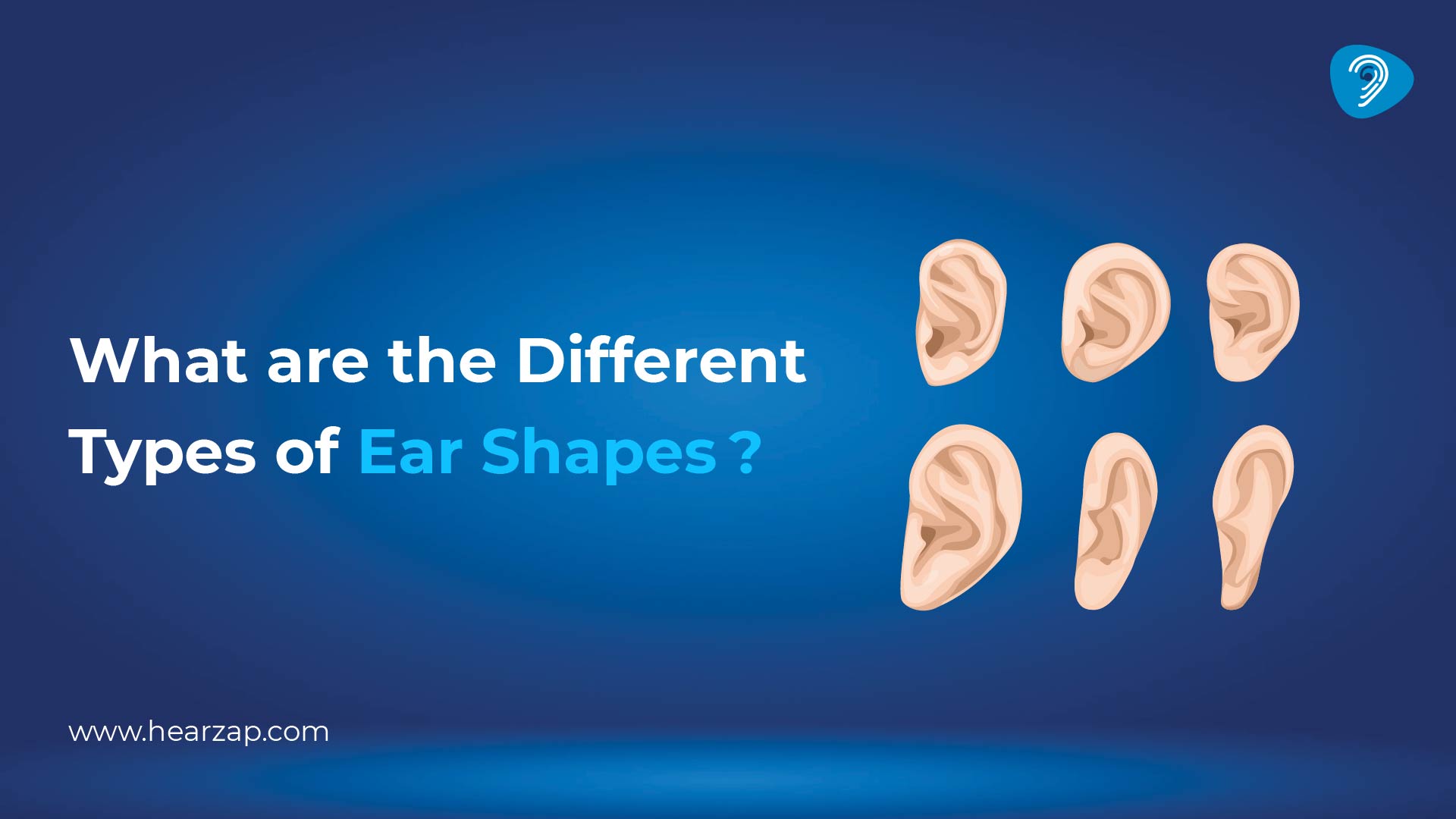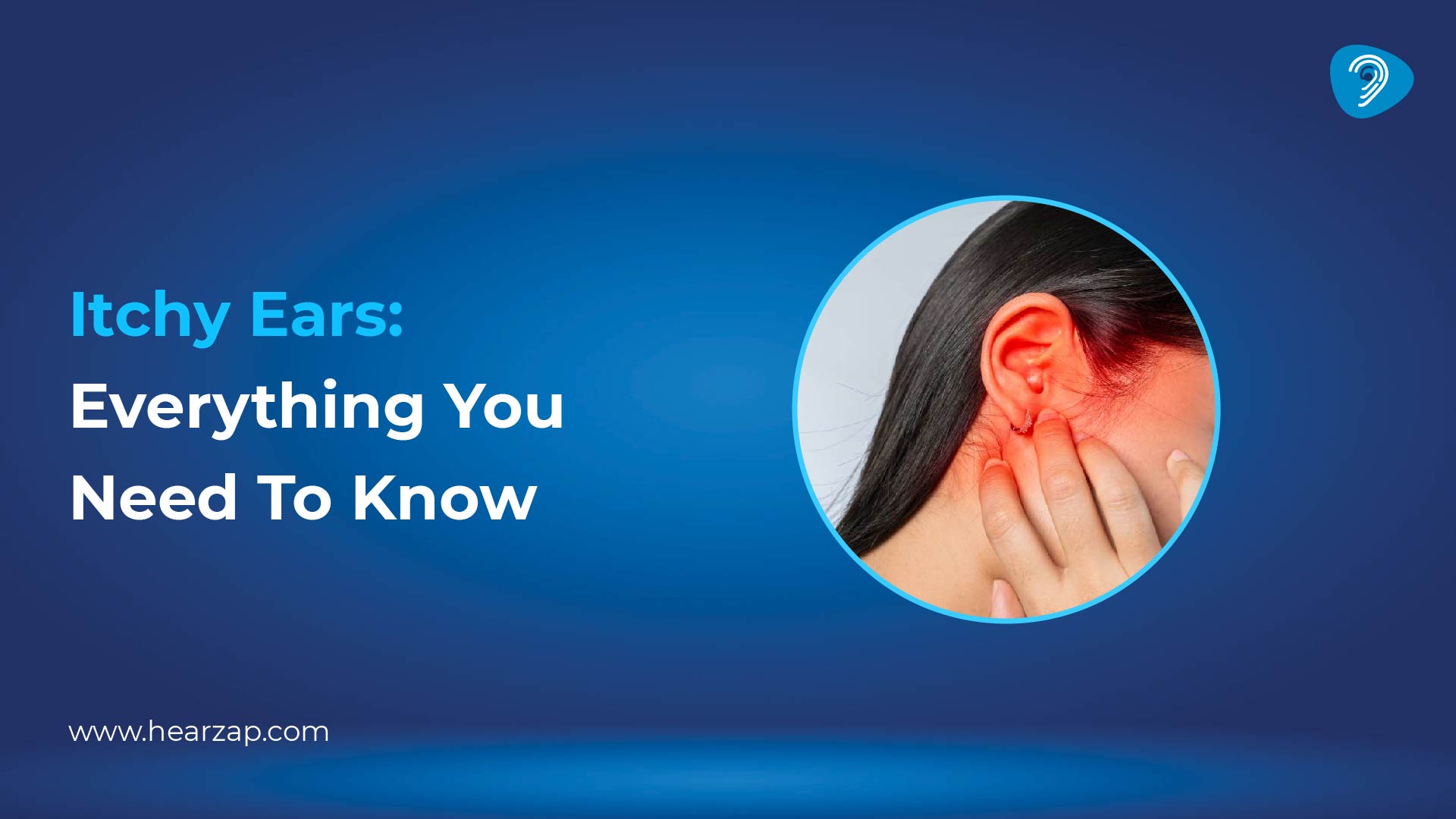Generic
Lump Behind The Ear: Causes & Concerns
By Team Hearzap | July 19, 2025

Lumps & Bumps Behind Ear:
It’s easy to miss at first, just a small lump behind ear that wasn’t there before. Maybe you felt it while brushing your hair or washing your face. It might not hurt. Or it might be sore to touch. Either way, it catches your attention.
The first instinct for many is to worry. Is it serious? Should I be concerned?
Let’s take a closer look at what a bump behind ear really means. While most of the causes are not serious, it is important to know what is taking place and when it would be wise to see a physician.
What Causes a Lump Behind the Ear?
A lump on the back of the ear can have several explanations. Some are linked to the skin, others to infections, and a few may come from deeper issues. Here are the most common causes:
1. Swollen Lymph Nodes
Your body has small glands called lymph nodes that help filter out infections. There are a few located just behind your ears. When you're dealing with a cold, sore throat, or even a dental problem, those glands can swell up.
This type of swelling often feels soft and moves a little under the skin. It might be tender, but it usually improves once the illness clears.
2. Sebaceous Cysts
If the lump feels smooth and round, and you can move it slightly with your fingers, it could be a cyst. These form when a skin pore or oil gland gets blocked. You might notice the lump behind ear tissue stays the same for weeks and month without much change.
Cysts are typically harmless. But if they become red, painful, or start leaking fluid, they may be infected and need treatment.
3. Lipomas (Fatty Lumps)
Behind the ear there can sometimes be a lipoma; a soft lump of fat cells. These grow slowly, are painless, and are not dangerous. Many live with them without ever having to undergo treatment. These cysts are typically left alone unless they grow large or interfere with activities.
4. Infection or Boil
Sometimes bacteria may infect the skin behind your ear. This may happen through a small cut, an ingrown hair, or clogged sweat glands. The bump behind ear may become red, swollen, and painful when touched. If you start seeing pus, feeling warmth, or darkening of the skin, it is better to see a doctor.
Some minor infections may be treated at home with warm compresses; in cases of deeper infection or abscess, however, medical treatment may be required.
5. Mastoiditis: Serious But Rare
Behind your ear lies a bone called the mastoid. An infection spreading into this bone can provoke a serious condition known as mastoiditis. The symptoms would include pain, swelling, fever, sometimes even a fluid draining from the ear.
This is not something you want to deal with at home. Mastoiditis requires immediate medical intervention, antibiotic therapy, and sometimes a little surgical procedure.
6. Tumors or Abnormal Growths
Although rare, some lumps behind ear can turn out to be benign or cancerous growths. These tend to feel firm and stay in place when you press on them. Unlike cysts or lipomas, they often don’t move much and might grow steadily.
It’s important to keep an eye on any lump that’s getting larger or changing in shape. Early evaluation is always a good idea if the lump has been around for more than a few weeks.
How to Know When It’s Time to See a Doctor
Here’s a general guide. It’s time to get your lump checked if:
- It’s painful or continues to grow
- It feels hard or immobile
- You notice fluid, pus, or skin changes
- It doesn’t go away after 2–3 weeks
- You have other symptoms like fever, fatigue, or weight loss
It doesn’t mean something is seriously wrong, but catching anything early gives you more options and peace of mind.
What Will the Doctor Do?
In a clinic, you would first be asked by the doctor about how long the lump has been there, is it painful, or if it has changed in size. The doctor will then proceed to feel the lump and might do certain tests based on the findings. This can include:
- Blood work, perhaps, to rule out infection.
- An ultrasound to ascertain what's beneath the skin.
- A biopsy, if the lump has an unusual appearance or keeps on growing.
On the bright side, most cases can be easily treated, and some do not need any treatment at all.
Treatment Depends on the Cause
There’s no single solution. A small cyst may just be left alone. A skin infection might need antibiotics. And if it’s something more complex, your doctor will guide you through the next steps.
Avoid squeezing or poking the lump. That can lead to infection or make things worse. Let a professional handle it if anything seems off.
A Calm Reminder
Finding a lump on the back of your ear is something you should notice, but it’s rarely a cause for panic. Many people develop small skin or tissue changes during their lives, and most are benign.
Your health is worth checking. If you’re unsure, let a doctor take a look. A quick consultation can either solve the problem or put your mind at ease.
Also Read: Swollen Lymph Nodes Behind Ear
Ear Infections: Causes, Symptoms & Treatment
FAQs
1. What Causes Lumps Behind the Ears?
Lumps behind the ears can be caused by some infections, like ear or throat infections, Swollen lymph nodes, cysts, and some skin conditions. Many of them are not so harmful, but we should monitor them.
2. How do I get rid of a lump behind my ear?
The treatment depends on the intensity of the infection; lumps may need antibiotics, while cysts may require drainage or removal by a doctor. Always consult a healthcare professional for proper diagnosis.
3. Why am I getting little lumps behind my ears?
The lumps behind the ear may be caused by clogged sebaceous glands, infections, and allergies. The reasons might be stress, poor hygiene, or a weak immune system.
4. How to treat a lump behind the ear at home?
Applying a warm compress to the affected area may give relief from pain and swelling. If the lump grows, becomes more painful, and lasts for a longer time, it's better to consult a doctor.
Contact us
We are here for all your hearing needs, from hearing tests to hearing aids. Fill out the form below, and we will give you a call soon.
Please enter a valid mobile number with 10 digits.
Recent Blogs
By Team Hearzap | July 21, 2025
By Team Hearzap | July 18, 2025
By Team Hearzap | July 17, 2025
By Team Hearzap | July 15, 2025
By Team Hearzap | July 14, 2025
Newsletter Subscription
Subscriber to one-stop hearing care newsletter.













